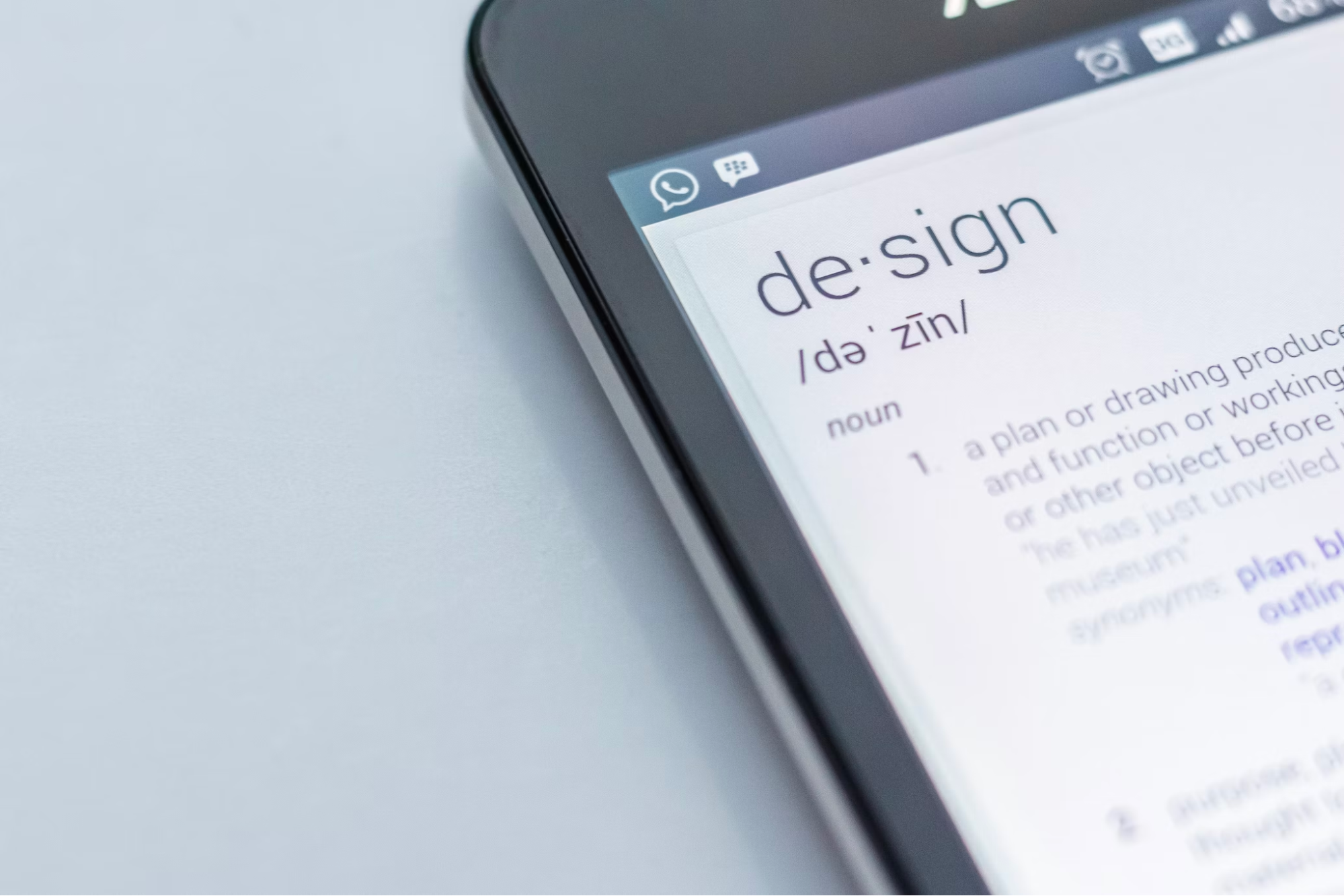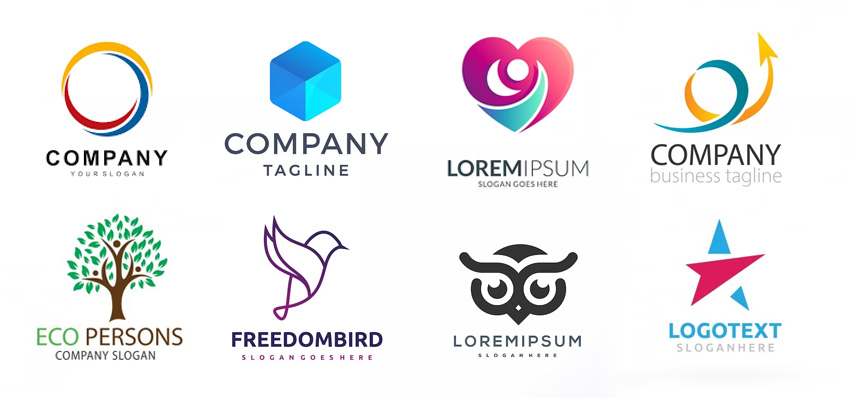The Psychology of Logo Design: Create Brand Identity Through Colors & Symbols
Have you ever thought about what makes a logo design impactful? It's not just creating something that looks pretty. Today we'll talk about the psychology behind logo design.
The Psychology of Logo Design: Create Brand Identity Through Colors & Symbols
The visual appeal will always be very important, but you have to dig deeper. Elements like symbols, lines, colors & fonts can all make or break how effective your logo is. With so much at stake, you'll need to explore as many options as possible until you find something that "clicks."
Thankfully, you can create your logo design and download with a free logo maker. Select fonts, icons, and colors that match your brand. And with the boundless artistic talent and efficiency of AI combining these elements, you'll get a unique logo in less than five minutes.

Just repeat the process for as long as needed! But before you use this powerful tool to create the perfect logo for your needs, let's first talk about some details that will take you deeper into the world of logo design.
What Makes a Brand Identity Successful?
Put simply, it's what your business is all about. If your enterprise is a person, think of brand identity as the personality.

Think about how best to connect with the audience. It's important to invest in creating a solid brand identity and to remember the keys to its success:
- Consistency. The easiest way to avoid sending the wrong message is by sending the same one every time.
- Simplicity. Most people will just give a business a few seconds of their time, so the identity should be easily understood.
- Memorable. In that few seconds, you have to stand out. Being exceptional in some way is the way to do it.
Everything contributes to brand identity. This means that every asset you create must possess all of these success indicators. Below you have some of the best psychology logo design ideas so read till the end.
Elements of Logo Design: What Message Do They Convey?
Every visual element already has some associations. And to create one that fits your brand identity, learning about the message behind them is very important. We talk more about this in the following subsections:
1. Logo Shapes, Symbols & Figures

The psychology of shapes in logo design is essential. Using symbols and shapes in logos can be a great idea because there are pre-established meanings for all of them. Here are a few that you probably encounter a lot:
- Circle. Cycle, completeness, timelessness, perfection
- Triangle. Stability, change, unity
- Square. Traditional, straightforward, secure
- Star with five points. This star symbol represents hope, excellence, positivity
- Arrow. The arrow symbol defines movement, direction, goals
- Heart. The heart symbol is associated with love, health
- Tree. Growth, life, nature
- Owl. Wisdom
- Lion. Courage, strength, leadership
- Dove. Peace, freedom
As for the shape, you don't have to include one outright. Instead, create elements to form a circle or a square. Just remember that the best shapes for logos will always be determined by what industry you're in.
Use lines in logo design. An element doesn't need to be a full-on shape to convey meaning. Even one stroke of the pen can send a message to your audience. Here are a few meanings behind them to give you more idea about the psychology of lines:
- Vertical Line. Versatile in meaning. It can evoke grandeur, spirituality, and massive energy;
- Horizontal Line. Associated with relaxation, peace and stability;
- Diagonal Line. Created movement and activity;
- Curved Line. Creates feelings of spontaneity, comfort and organicness.
But, it's not just the type that forms our opinion. The thickness and thinness of lines also affect our perception. You normally associate fortitude and strength with thick lines and fragility or minimalism with thin ones.
2. Typography

Typography in logo design is used mainly for making typographic logos that are text-based, though it might incorporate symbols or imagery.
There are many sub-elements of typography that help influence the final effect of the text. Below are the most common that you'll see:
- Font Type. In general, script-like fonts are seen as more feminine and creative. Meanwhile, "cleaner" fonts like Arial or Times New Roman are seen as more formal and straightforward.
- Font Size. Big texts usually capture attention, thus minimizing the need for graphic additions. A smaller front can convey a message effectively by being simple, brief, credible, coherent, and memorable.
- Font Pairings. As a general rule, pairing contrasts (whether in style, weight, size, etc.) is a great idea. To create a letters logo, you have to learn how to combine letters into one consistent design.

3. Colors
The psychology of color in logo design is very important. Big brands are using the psychology of logo colors in brand imagery to convey certain feelings and emotions. These are the usual colors in logos and their meaning:
- Red. Excitement, anger, passion
- Blue. Maturity, calmness, trustworthiness
- Green. Nature, wellness, environment
- Yellow. Youthful, accessible, and fun
- Black. Mysterious, serious, minimalistic
To learn which colors to pair, just go back to the color wheel. These tips on choosing colors for your website are applicable here as well.

Here are some meaningful examples on how the color psychology in branding works for these famous brands. Usually each brand is associated with a color or a combination of colors.
Understanding logo design psychology is the first and most important step to creating a logo that will attract the right audience. Now that you know how to make a logo, proceed to do the work!
In Conclusion: Combine Design Elements and Your Inventiveness!
There are lots of logo design secrets that you can use to create the best logo for your brand. In order to be a good designer you have to learn the main design principles and to be creative & unique in everything you do.
If there's already a brand book, that's the perfect place to start. But if there isn't, your creativity is your best tool. So, experiment until something feels right. We hope you apply what you've learned in this article and create a logo that will amaze, attract, and generate trust from your audience.
Design Principles
Photoshop Lagging

No comment(s) for "Psychology of Logo Design"